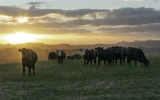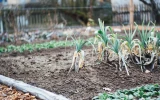Is Yak Farming Profitable? (Full Breakdown 2024)
Yak farming, an age-old practice in many high-altitude regions, has garnered interest for its potential profitability in recent years. As of 2024, this unique form of agriculture is not just about sustaining traditional lifestyles, but also about exploring new market opportunities. In this article, we'll delve into the financial aspects of yak farming, analyzing its income potential and the challenges faced by farmers in this niche sector.
Yak farming in 2024 can be profitable, particularly in regions with harsh climates where yaks thrive. Startup costs average $500-$1000 per yak, while ongoing costs include feed, healthcare, and land maintenance. Profit margins vary but can reach 20-30% with effective management and market access.
While it's not your everyday farm animal, yaks offer unique products, from rich milk to dense wool, which is gaining popularity in niche markets. As you read further, we'll find out how much each of these products sells, which adds to the overall profitability of yak farming.
Summary
- Yak wool is highly valued and can generate significant revenue, with prices ranging from $15 - $30 per pound and yields of 5-10 pounds per yak.
- Yak meat, though leaner than beef, can fetch comparable prices of $12 - $18 per pound. Each yak can yield 200-400 pounds of meat, resulting in substantial income from meat sales.
- Total revenue from a yak farming operation can range from $20,000 - $40,000 annually when factoring in income from wool, meat, and dairy sales.
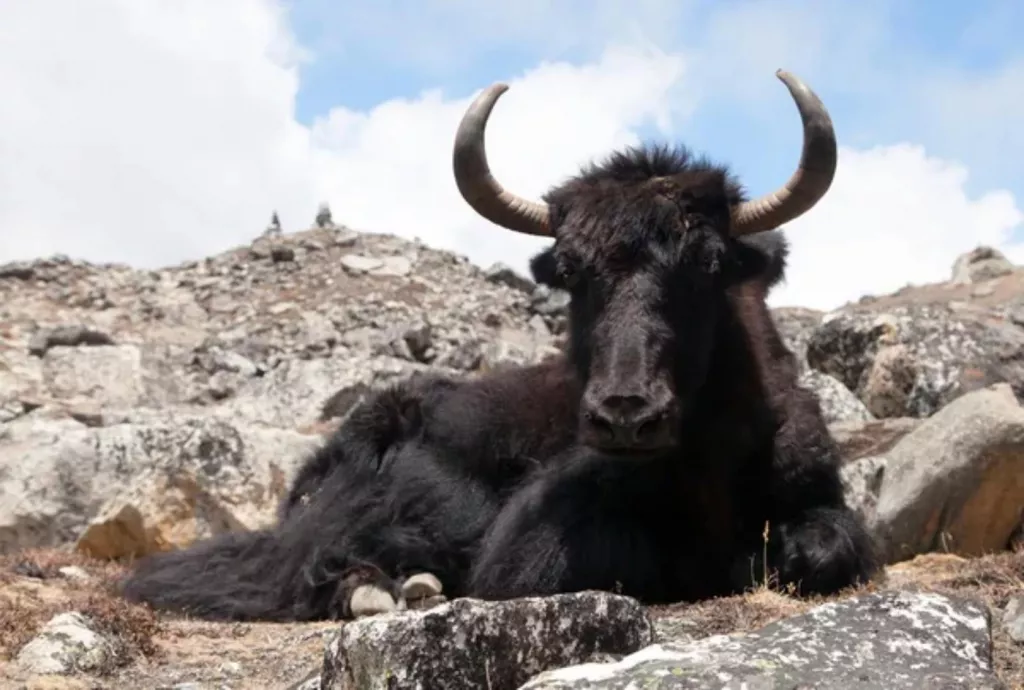
On this page:
Full Profit Breakdown From Yak Farming
With a targeted business approach, yak farming can yield a noteworthy return on investment (ROI). Yaks are versatile, providing wool, milk, and meat, so your sales can tap into multiple market demands.
| Parameter | Estimated Range |
|---|---|
| Total revenue | $20,000 - $40,000 |
| Total expenses | $10,000 - $20,000 |
| Net profit | $10,000 - $20,000 |
Overview of expenses in yak farming
- Fencing and housing: Protect and house your herds adequately.
- Feeding: Nutritious diets ensure healthy yaks.
- Healthcare: Regular vet checks prevent disease.
Revenue streams from yak farming
- Wool: Highly prized, selling at premium prices.
- Milk: Niche market, with growing interest.
- Meat: Lean and gaining popularity.
The market price for yak products remains relatively stable, harnessing decent market demand, especially for yak wool, which is finer than cashmere. Below is a table showing an overview of the profit margins of different products from yaks:
| Product | Market Price Range | Yield per Yak | Profit Margin |
|---|---|---|---|
| Wool | $15 - $30 per pound | 5 - 10 pounds | 15% - 25% |
| Milk | $15 - $25 per gallon | 200 - 400 gallons | 10% - 20% |
| Meat | $12 - $18 per pound | 200 - 400 pounds | 15% - 30% |
Do Yaks Make Money?
Yak farming can indeed be a profitable venture for you. The diverse uses of yaks, such as providing wool, meat, and milk, contribute to their potential profitability.
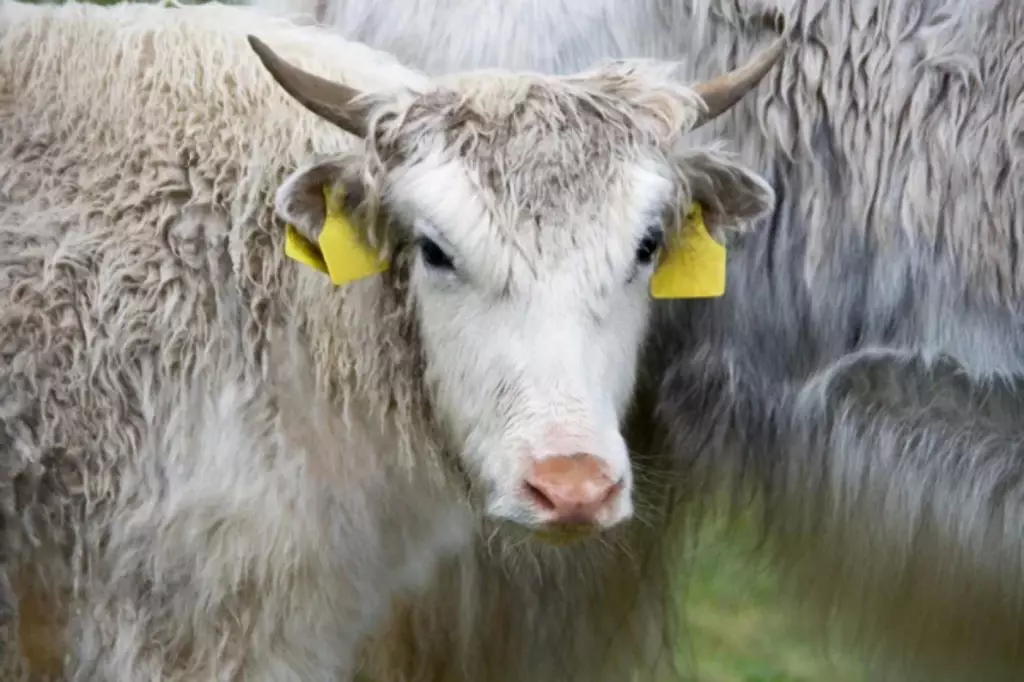
Specifically, yak wool, known for its softness can fetch a higher price than traditional wools. Processing this wool into garments can significantly increase its value.
| Profit Aspect | Estimated Range |
|---|---|
| Initial investment | $5,000 - $20,000 per yak |
| Annual maintenance | $500 - $1,000 per yak |
| Wool revenue | $10 - $40 per pound |
| Meat revenue | $3 - $10 per pound |
| Dairy revenue | $2 - $8 per gallon |
Income sources:
- Wool/Fiber
- Meat
- Dairy products
Yaks require specific environmental conditions to thrive, typically high-altitude pastures. Your expenses will include initial investment costs for purchasing yaks, land, shelter, and feed.
Expense categories:
- Purchase cost
- Land and housing
- Feed and maintenance
How much meat does a yak yield?
A mature yak can dress out at approximately 400 to 500 pounds of meat. However, this can vary depending on factors such as breed, age, and overall health of the animal.
Yield breakdown
- Live weight: A full-grown yak can weigh between 900 to 1,200 pounds.
- Dressing percentage: Typically, yaks have a dressing percentage of around 40-50%. This percentage represents the proportion of the live animal that ends up as carcass meat.
Meat distribution (approximate):
- Steaks and roasts: 30%
- Ground meat and stew cuts: 40%
- Bones and fat: 20%
- Waste and loss: 10%
Yak meat is often compared to beef for its similarity in taste, but it's considered a premium product due to its lean characteristics and higher consumer demand.
The profitability of yak meat lies in its niche market, with prices often exceeding those of conventional beef. You can expect the meat from a single yak to generate a significant return, especially in markets that value the unique qualities of yak meat.
How much is yak fur worth?
Yak fur, commonly referred to as yak fiber or wool, is highly prized in the textile industry. Your revenue from selling yak fur depends on the quality, quantity, and current market demand.
Generally, the finer the fiber, the more valuable it is, with baby yak fiber fetching the highest prices due to its softness.
Price estimates for yak fiber:
| Quality | Estimated Price Range per Pound |
|---|---|
| Baby yak fiber | $40 - $60 |
| Adult yak fiber | $20 - $30 |
| Coarse fiber | $10 - $15 |
Yak fur is often compared to cashmere and can be spun into luxurious yarns. The profit margin for yak fiber production can be substantial, particularly if you're able to market directly to hand spinners, boutique yarn shops, and high-end garment producers.
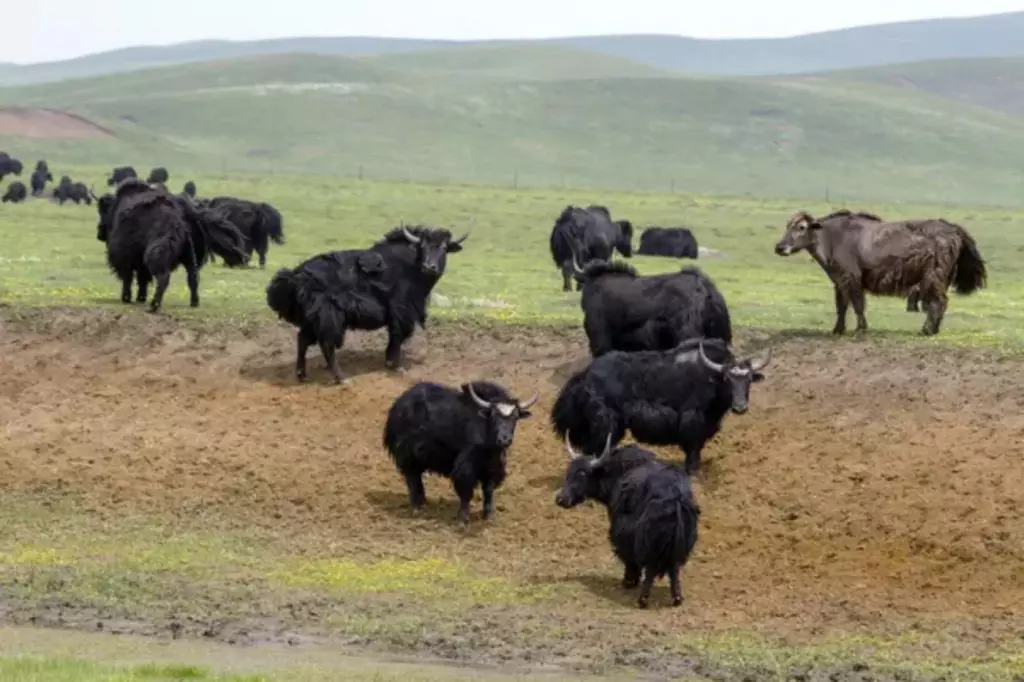
Remember to always check the latest market trends to stay informed about current fur prices, as these can fluctuate based on factors like global demand and supply.
You might find it beneficial to connect with online platforms specializing in fiber sales to reach a broader audience and achieve the best possible prices for your yak fur.
Breakdown of Expenses for Yak Farming
Initial costs to start a yak farm
| Initial Expense | Estimated Cost Range |
|---|---|
| Tools | $50 - $200 |
| Shelter | $1,000 - $5,000 |
| Land purchase/lease | $5,000 - $50,000 |
| Fencing | $2,000 - $10,000 |
| Water infrastructure (well, pipes) | $5,000 - $20,000 |
| Milking equipment | $2,000 - $5,000 |
| Herd purchase | $10,000 - $100,000 |
| Permits and fees | $500 - $5,000 |
| Consultants/expert advice | $1,000 - $10,000 |
- Tools: Basic handling and milking equipment like brushes, halters, buckets, etc.
- Shelter: Barns, sheds, or other enclosures to house the yaks. Cost varies based on size and materials.
- Land purchase/lease: Buying or leasing adequate pasture land and facilities to raise the yaks.
- Fencing: Perimeter fencing and cross-fencing for pasture management. Materials like wood, wire, electric, etc.
- Water infrastructure: Wells, piping, troughs, and other equipment to provide fresh water access.
- Milking equipment: Milking machines, bulk tanks, filters, and other dairy equipment.
- Herd purchase: The initial cost to purchase the starter yak herd. The price per yak varies.
- Permits and fees: Business licenses, permits, inspections, and other regulatory expenses.
- Consultants: Hiring expert consultants to advise on facilities, herd management, etc.
Ongoing costs to maintain a yak farm
| Expense | Estimated Cost Range |
|---|---|
| Feed | $100 - $300 per ton (depending on feed type) |
| Labor | $10,000 - $30,000 annually |
| Vaccinations | $10 - $20 per yak annually |
| Disease management | $500 - $5,000 annually |
| Water systems | $1,000 - $5,000 setup, $500 - $2,000 maintenance annually |
| Transportation | $2,000 - $10,000 annually |
Feed costs
Feed represents a significant portion of your expenses. Depending on the quality and type, costs can vary. Here are some estimated ranges:
| Type of Feed | Cost Range (per ton) |
|---|---|
| Basic grass hay | $100 - $200 |
| Premium alfalfa | $180 - $250 |
| Grain supplements | $150 - $300 |
Labor expenses
Labor costs will vary based on the scale of your operation and local wages. Regular tasks like feeding, milking, and cleaning are labor-intensive.
Health management
Maintaining yak health through vaccinations, disease management, and other veterinary care is crucial for long-term profitability.
- Vaccination: Approximately $10 - $20 per yak annually
- Disease management: Cost varies depending on the prevalence and severity
Other costs
Additional costs include:
- Water systems: Clean and constant water source
- Transportation: For moving yaks and products to market
Variables Impacting a Yak Farm's Profits
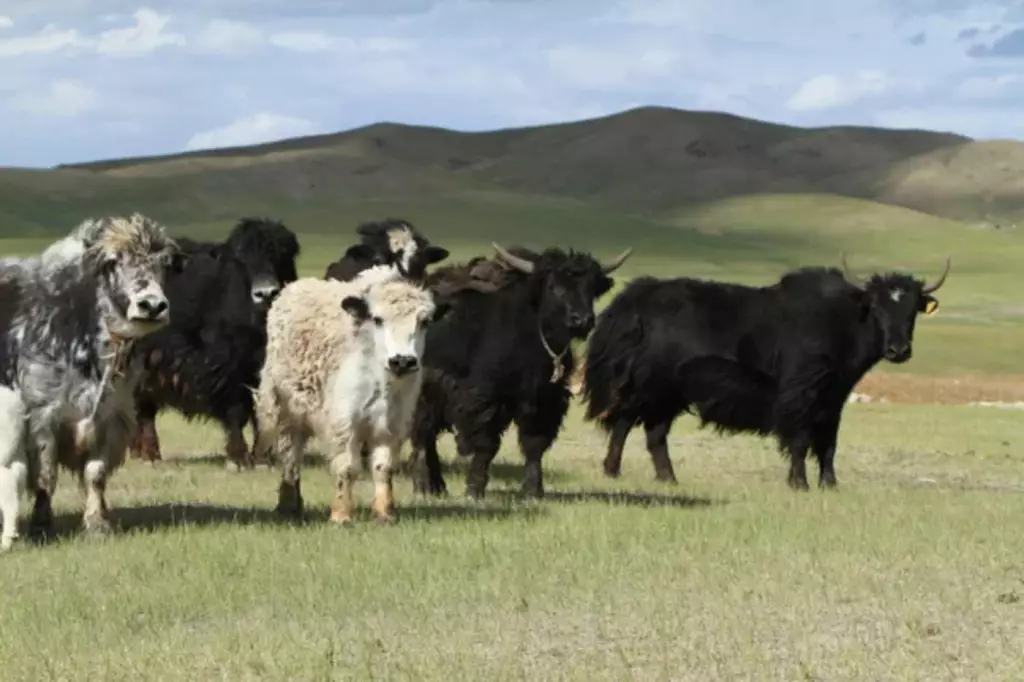
When you venture into yak farming, your profits can be influenced by a myriad of factors. , including the following:
Land quality and size
The quality and size of the land you have access to directly impacts the health of your yaks. Yaks require ample grazing space to thrive.
| Land Quality | Profit Potential |
|---|---|
| Poor | Low |
| Moderate | Medium |
| Excellent | High |
How many yaks per acre
When considering yak farming, one key question you may have is about stocking density—essentially, how many yaks you can comfortably and sustainably raise per acre. Yaks are hardy animals and are often compared to cattle in terms of forage requirements. However, they are generally more efficient grazers.
Yaks require about half the forage of cattle, meaning you can raise more yaks on the same amount of land. A commonly accepted ratio is that you could have approximately two yaks for every cow you would typically stock.
| Land Size (Acres) | Number of Yaks |
|---|---|
| 1 | 2-3 |
| 5 | 10-15 |
| 10 | 20-30 |
If you have 5 acres of land, you might want to try yak farming. However, you need to manage your yak herd's feed intake, as overfeeding can lead to excessive weight gain, negatively affecting their health and your profit margins.
To optimize your herding strategy, consider rotational grazing, which can support a higher number of yaks per acre while maintaining land health. You can learn more about rotational grazing in this article about spacing requirements for sheep in pasture.
Remember, the aim is to balance the number of yaks with the available resources on your land to ensure profitable and sustainable farming. By doing so, you maximize your land's potential without compromising the well-being of your yaks or the health of your pastures.
Weather conditions
Yaks are hardy and suited to colder climates. Extreme weather can reduce their productivity, affecting profits.
Market trends
Keep an eye on market prices for yak products like meat and milk. Fluctuations in demand influence your bottom line.
Environmental conditions
Your yaks' well-being depends on the environment. Pollution or a lack of water sources can adversely affect them.
Sustainability
Adopting sustainable practices ensures the long-term productivity of your herd, securing your investment.
Supply and demand
The basic economics of supply and demand govern profitability. When demand for yak products is high and supply is low, your profits can soar.
Experience and training
Your expertise in yak farming can mean the difference between profit and loss. Continuous learning and gaining hands-on experience are crucial.
The location of your farm can have a big impact on profitability
Where your farm is located can dictate accessibility to markets and the cost of logistics. Yaks thrive in high-altitude, cold climates like the Himalayas and Tibetan Plateau.
Being located in these remote mountainous regions can make transporting yaks and yak products to markets challenging and expensive. This can cut into profits compared to farms located closer to population centers and trade routes.
However, the unique adaptations of yaks allow them to produce high-quality fiber, milk, and meat in areas where other livestock cannot. Taking advantage of this by locating a yak farm in an optimal natural environment can lead to better animal health and production.
Balancing Between Costs and Profits
Finding the sweet spot between reducing expenditures and enhancing revenue is crucial in yak farming. By closely managing health, yields, market tactics, and environmental impact, you can secure better profits from your investment.
Optimizing livestock health
| Disease | Prevention Cost Range | Treatment Cost Range |
|---|---|---|
| Brucellosis | $2 - $5 per vaccine | $15 - $50 per animal |
| Parasites | $1 - $3 per treatment | $10 - $30 per animal |
Livestock health is a pivotal factor in your farm's success. Regular vaccinations and diligent disease management help prevent costly outbreaks.
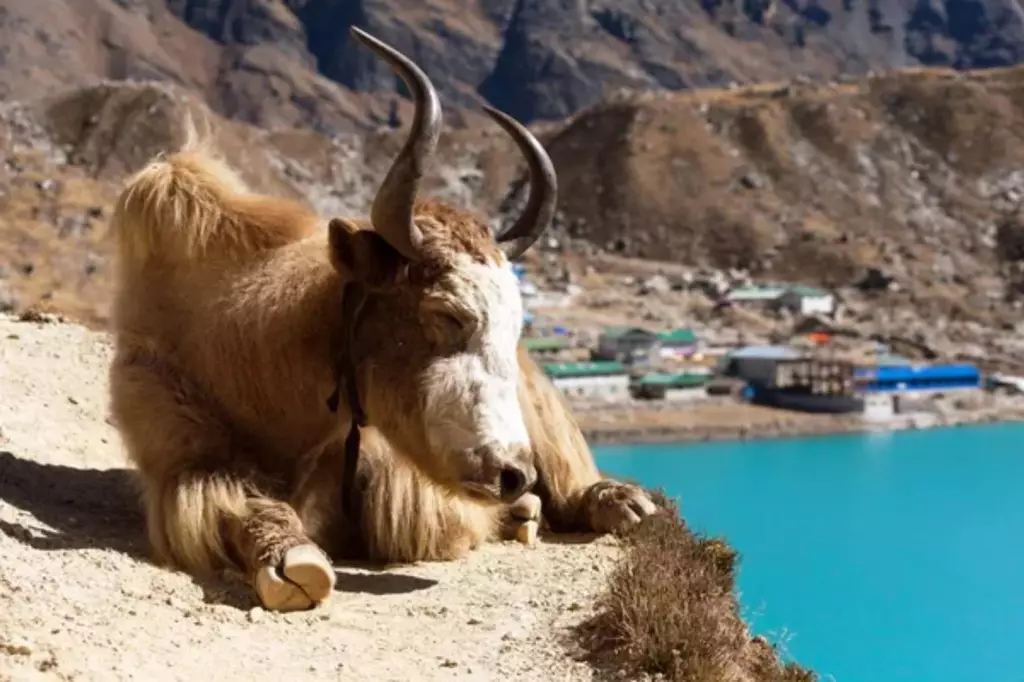
Investing in nutritional forage, or cumulative feed, and efficient feed conversion can bolster your herd's health and productivity, ultimately enhancing your profit margins. Cumulative feed is one of the recurring costs required for a livestock farm to be profitable.
Improving product yield
| Product | Estimated Yield Increase | Profit Increase per Unit |
|---|---|---|
| Fiber | 5% - 10% | $1 - $3 per kilogram |
| Meat | 10% - 20% | $0.50 - $2 per kilogram |
| Milk | 5% - 15% | $0.40 - $1 per liter |
To effectively improve product yield, focus on breeding practices and gestation management. Consider integrating artificial insemination to enhance herd genetics, resulting in better fiber production and meat quality.
With careful breeding, your yields of fiber, meat, and milk can substantially increase, leveraging market prices for higher returns.
Market analysis and strategy
| Factor | Description | Impact on Sales |
|---|---|---|
| Market demand | High demand for yak products | Increased sales |
| Market trends | Growing interest in eco-friendly fiber | Higher price |
| Target audience | Restaurants, niche markets | Focused marketing |
Understanding market trends and identifying your target audience is essential. Your sales strategy should align with current demands, highlighting the sustainability and quality of your products.
By catering to specific segments like eco-friendly fiber enthusiasts or restaurants looking for unique offerings, you can capitalize on market opportunities and drive up profits.
Sustainability and environmental impact
| Practice | Benefit | Profit Impact |
|---|---|---|
| Composting | Reduces waste | Cost savings |
| Rotation grazing | Preserves ecosystems | Long-term yield stability |
Sustainable and eco-friendly practices not only cater to an evolving market but also ensure the long-term viability of your farming operations.
Implementing strategies like composting and rotation grazing helps maintain your farm's environmental conditions and contributes to a healthier ecosystem, which can translate into more consistent yields and lower costs over time. Remember, a healthy environment often supports a healthy bottom line.
